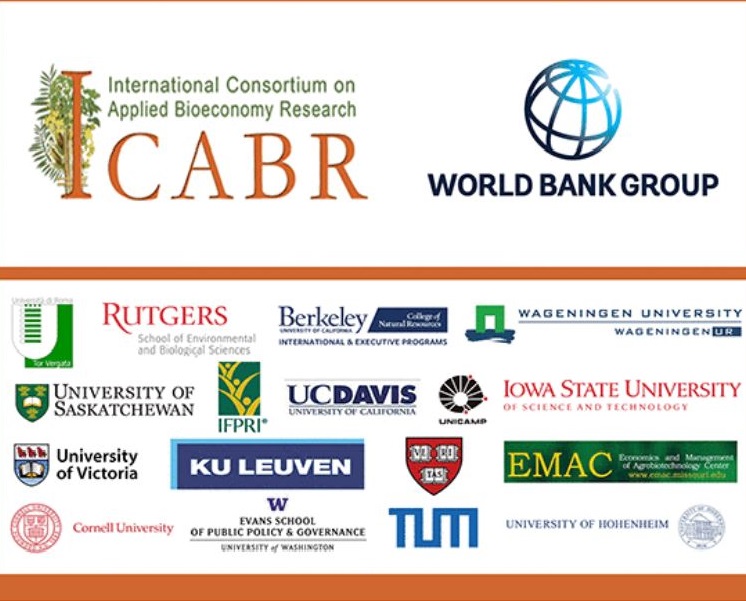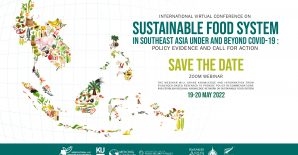Dr. Suresh Babu recently participated in the 2018 International Consortium on Applied Bioeconomy Research Conference (ICABR) providing a presentation entitled "Speeding up the Agricultural Transformation Process in Asia: Food System Challenges and Policy Options". The presentation discussed how there has been significant progress in reducing hunger and malnutrition in Asia. However, despite these achievements, child undernutrition remains high and the prevalence of overweight and obesity is rising. In order to realize holistic and sustainable progress, transformation of Asia’s food system, rather than solely agriculture sector, is crucial. In other words, there is a need for a more integrated response to reduce food insecurity and malnutrition. Poorly organized technology and innovation systems, the lack of climate resilient approaches to agriculture, policy process challenges, institutional bottlenecks, and other cross cutting issues continue to constrain achieving food system transformation in Asia. In this presentation, we synthesize the knowledge developed over the years through a series of coordinated studies presented at the Regional Strategic Analysis and Knowledge Support System in Asia (ReSAKSS – Asia) conferences.
The political economy of policy making and the policy process in the Asian region have significant implications for the agricultural transformation in the food systems context. When examining policy process challenges there is a lack a clear understanding of the specific drivers that contribute to policy design, adoption, implementation, and evaluation. The Kaleidoscope Model of policy change serves as a useful tool for evaluating the various contextual conditions required to drive key determinants of policy change. This model presents a comprehensive and organized framework that allows for a holistic understanding of the policy process.
Lessons from select Asian countries illustrate that evidence-based policy research support, data systems, and capacity for policy analysis are vital for the food and nutrition security related policy making. In Vietnam, for example, de-collectivization of farmland, large expenditure for nutrition and health, supporting human capital development, and large scale social programs for nutrition, health, and family planning greatly decreased the prevalence of undernourishment and child stunting. Similar efforts, in addition to pro-market reforms, dismantling of state planning and monopolies, and complementary investments in education, clean water, and good sanitation, have taken place in China. Thailand has greatly invested in creating market-oriented agricultural growth and integrated, community based nutrition interventions. In India, efforts such as subsidies on fertilizer, ensuring the availability of food through strategic reserves, the Mahatma Gandhi National Rural Employment Guarantee Program for ensuring minimum income, and the enactment of Food Security Bill to ensure food security for all have illustrated focused efforts that have been made to improve food and nutrition security at the national and household levels. Bangladesh has shown that integrating nutrition into social safety net programs improves nutritional outcomes, specifically in reducing child stunting.
These lessons from Asian countries show the need to continuously invest in research and development, value chains, resilience, local level transformation, and multisectoral strategies for improving food system outcomes. Consequently, a food systems approach to tackling malnutrition in Asia is crucial for holistic and sustainable progress. Building capacity for local governance, empowering the rural youth, riding the new wave of high value agriculture, and establishing robust public-private partnerships would greatly enhance this progress and allow for the translation of policies and programs into action in Asia.
You can view the presentation here.



